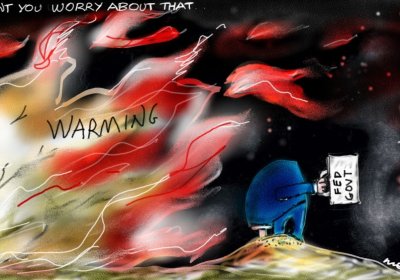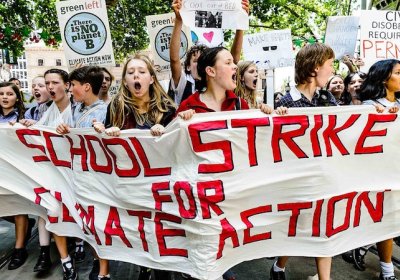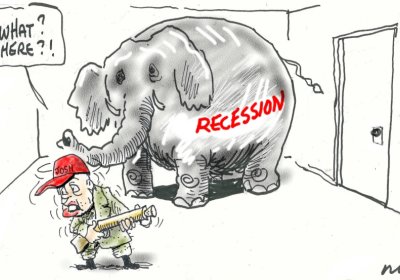Imagine you came across a 150-year-old message in a bottle that predicted the world would face a catastrophic crisis as a result of profit-driven capitalism.
Imagine that prediction also explained why capitalism — sustained for generations through the exploitation of nature and human labour — would push aside all moral, rational and scientific objections in the blind pursuit of profit.











